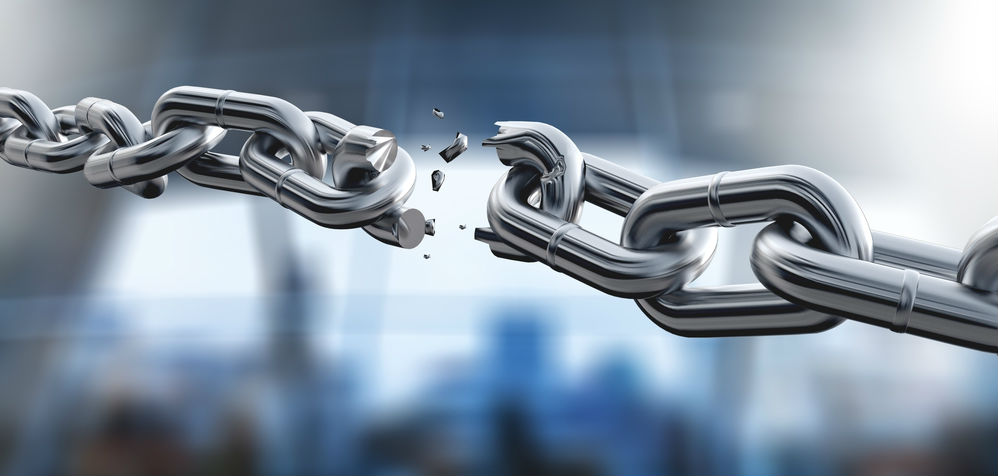
why broken links are a problem & 5 steps to fix them
why broken links are a problem & 5 steps to fix them
Is your website performing sub-optimally and reducing your online results? Don’t worry – help is at hand! Our blog is full of tips to help you maintain and optimise your website, including this one all about broken links.
Alternatively, for on-demand digital expertise, please get in touch.
what are broken links?
A broken link is a link to a webpage that doesn’t work. If a user types in or clicks on the link, they will be directed to a 404 page (find out more below) or error message. Links may be broken for a variety of reasons, including the URL being mistyped, the webpage no longer being online, the page’s URL having changed, or the linked page having restricted access (such as by being behind a password or firewall).
why are broken links a problem?
Broken links disadvantage your site in two ways. Firstly, it ruins the user experience when links are not available, and disgruntled users may choose to exit your site without engaging fully or completing transactions. Secondly, Google and other search engines don’t like broken links – so the more you have, the more your site will be pushed down the search rankings.
5 steps to fix broken links
Here are a few key ways you can reduce broken links on your website:
1) Use a link checker (such as this one) to find out if you have broken links. You can then go to the relevant pages and update or remove any broken links. It’s also worth scheduling in a reminder every few months to check again and keep links up-to-date.
2) Test links you include in blogs or on new webpages to ensure they work before you publish the page. The same thing applies to any links you include in newsletters, emails or on social media.
3) If you change the URLs for your content, make sure to set-up 301 redirects, which will automatically redirect anyone who clicks on the old link to the new page. If using WordPress, there are a number of plugins you can use to set up 301 redirects.
4) Make restricted access pages clear so that users are prepared. For example, if a page is for members only, add a ‘member login required’ note next to the link.
5) When creating new pages for specific events, products or campaigns, make sure to use simple URLs so they’re easier for users to type in and find – for example, webpage.com/gala2017 is better than webpage.com/gala-exciting-venue-tickets-2017-q476xafe.
Finally, whilst you can’t prevent people mistyping your general web address into their browser, it’s also worth checking any printed materials where you give out your web address (eg. flyers, business cards etc) to make sure the URL is legible and therefore reduce the possibility of errors.
what are 404 error pages and why are they important?
It’s best to avoid having broken links on your site, but it’s also important to have a 404 error page just in case. When a user tries to reach a broken link within your site, they will be automatically redirected to the 404 page, and if it’s well-designed, it can help keep the user happy and on your site for longer.
A great 404 page informs the user that the page they tried to find is not available and gives them options to reach other content quickly and easily. It’s therefore useful to include a simple message, alongside a link to your homepage and a search box. Find out more about creating the perfect 404 page in this blog. Some 404 pages are also designed for humour – here are a few of our favourites.
If you’d like help with broken links, 404 pages or enhancing the performance of your website in any other way, please get in touch and we’ll be very happy to help.



Recent Comments